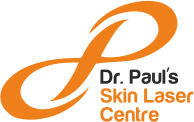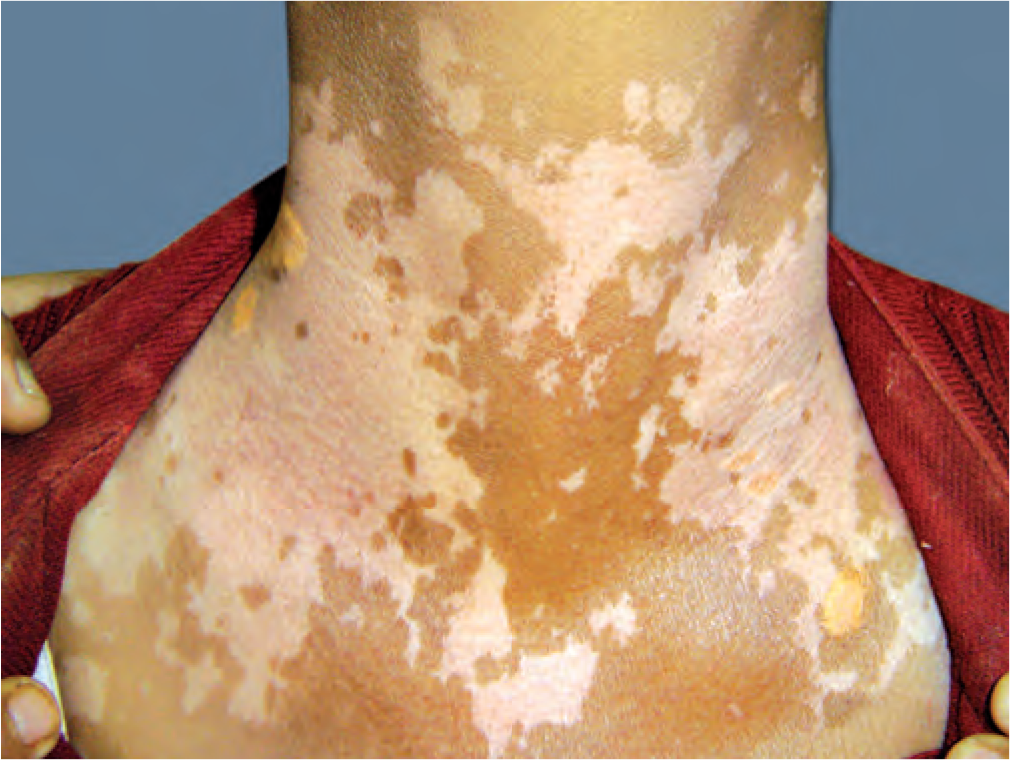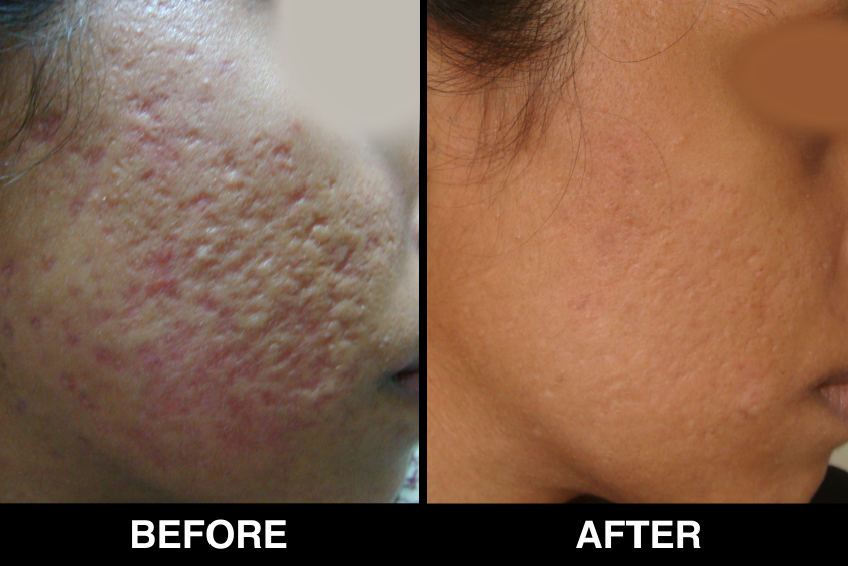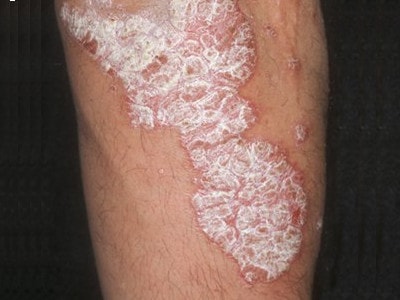Are you looking to refresh your skin and achieve that coveted glow? If so, chemical peels might just be the answer.
These popular skincare treatments have gained a reputation for revitalizing complexions across various skin types. Whether you struggle with acne, fine lines, or uneven texture, there’s likely a peel designed specifically for your needs.
In this article, we’ll explore the different types of chemical peels available and delve into their benefits. Get ready to discover how this transformative treatment can unlock a new level of radiance in your skin!
Types of chemical peels
Chemical peels come in various types, each tailored to specific skin concerns and conditions.
The most common categories are
- Light Peels
- Medium Peels
- Deep peels.
1. Light peels or Superficial peels use mild acids like alpha-hydroxy acid (AHA) to gently exfoliate the outer layer of skin. They target issues like fine lines and minor discoloration. It is generally safe to undergo light chemical peels every 2 to 5 weeks, as this treatment employs mild chemical agents.
A light chemical peel is often used for the following purposes:
- Fine wrinkles
- Uneven skin tone
- Acne
- Dry skin
2. Medium peels penetrate deeper into the skin using trichloroacetic acid (TCA). These are effective for treating sun damage, age spots, and moderate wrinkles. The results are more pronounced than those from superficial treatments.
The Medium peels is generally used for following purposes:
- Wrinkles
- Uneven skin tone
- Acne scars
3. Deep chemical peels involve stronger agents such as phenol. These address severe acne scars or deep wrinkles but require a longer recovery time.
The deep peels is generally used for:
- Deeper wrinkles
- Deeper scars
- Precancerous skin patches
Each peel type has its unique advantages and considerations. It’s essential to select one that aligns with your individual skincare needs and goals.
Numerous skin conditions may be improved through chemical peels. Let us examine some of the most prevalent conditions that chemical peels may be able to alleviate.
1. Acne
Acne is a prevalent skin condition that is characterised by inflammation. Chemical peels may also be beneficial, in addition to topical products and oral medication. The procedure has the potential to:
- Dissolve comedones (hair follicles that are obstructed)
- Reduce the production of oil eliminate bacteria attenuate inflammation increase the absorption of topical treatments
- Acne is typically treated with light and medium chemical peels.
2. Acne scars
In an effort to repair lesions that have been caused by inflamed skin, the skin generates new collagen fibers as acne heals.
The production of new collagen fibers can result in hypertrophic scars, which are raised and bumpy, or atrophic scars, which are depressions in the skin.
The top layer of the skin can be exfoliated by a chemical peel, which eliminates excess collagen. Acne scars are typically treated with medium-sized chemical peels.
3. Rosacea
Rosacea is a skin condition that results in redness, swelling, and red bumps. Acne rosacea is the term used to describe the condition if it also results in acne-like breakouts.
Occasionally, these symptoms can be alleviated by a chemical peel. It is generally advised for individuals with mild to moderate rosacea.
4. Aging Skin
Chemical peels may mitigate the appearance of aging, such as:
- Wrinkles
- Fine lines
- Age spots
- Uneven skin tone
- Roughness
- Dryness
- Liver spots
The production of collagen and elastin is initiated when the skin regenerates following a chemical peel. This can assist in the reduction of wrinkles by enhancing the suppleness and resilience of your skin.
The new skin that regenerates is also smoother, which contributes to the reduction of dryness and roughness.
5. Hyperpigmentation
In addition to acne scars and age spots, chemical peels can enhance other types of hyperpigmentation, in particular:
Uneven skin tone melasma freckles surgical scars scars from injury discoloration caused by sun damage
6. Dullness
Chemical peels may be advantageous for individuals with a dull complexion.
The treatment enables the resurfacing of new skin, which may contribute to the appearance of a healthier and more radiant complexion.
Who can have chemical peel?
Chemical peels can be beneficial for a variety of individuals. Generally, those with uneven skin tone, sun damage, or fine lines may find significant improvements.
If you struggle with acne scars or persistent breakouts, a chemical peel could help clear your complexion and enhance skin texture. It’s also an option for those looking to rejuvenate dull-looking skin.
However, not everyone is a suitable candidate. Individuals with certain skin conditions like eczema or rosacea should approach this treatment cautiously. Pregnant women are often advised against it as well.
Consultation with a dermatologist is crucial before proceeding. They will assess your skin type and need to determine if chemical peels align with your skincare goals. Your medical history plays an essential role in making this decision too.
What’s the recovery process like?
Recovery after a chemical peel varies based on the depth of the treatment. For light peels, you might experience some redness and mild flaking for just a few days. This usually feels like a sunburn and should fade quickly.
Medium-depth peels can lead to more significant peeling that lasts about one week. Your skin may look tight or swollen initially, but this typically subsides as healing progresses.
Deep peels require the longest recovery time, often around two weeks or more. Expect noticeable peeling and potential discomfort during this period. Proper aftercare is crucial; following your dermatologist’s guidelines will help minimize complications.
Hydration is essential throughout recovery, so keep your skin moisturized. Avoid direct sunlight and harsh skincare products until you’re fully healed to ensure optimal results from your treatment.
Final Words
Chemical peels present a transformative opportunity for various skin types. They offer tailored solutions that can address specific concerns, from acne to aging. The benefits are extensive, promoting not just healthier skin but also enhancing self-confidence.
Candidates range widely, accommodating different ages and skin conditions. Recovery is manageable with proper care and guidance, making chemical peels accessible for many individuals seeking improvement in their skin’s texture and tone.
Whether you’re looking for subtle enhancements or more significant changes, chemical peels could be the answer you’ve been searching for on your journey toward radiant skin.
It is important to consult with a dermatologist before undergoing any chemical peel treatment to ensure it is tailored to your specific skin needs. With the proper care and maintenance, regular chemical peels can greatly enhance the overall health and appearance of your skin.
Book An Appointment













